Pixel art has been around since the dawn of video games in the 70s and 80s. Ever since it has grown in popularity. At first, it was just for the game developers, but eventually, individuals embraced the style and began making their pixel art masterpieces. This style is generally easier than normal artwork, but also can be harder in some ways.
In this article, I am here to help! I am learning new things about pixel art everyday and I will show you 5 things I have learned that really have improved my pixel art!
1. Use Hue Shifting To Make Your Pixel Art More Vibrant

If you’re anything like how I was just until a while ago, you might only worry about brightness (and maybe saturation) when you’re dealing with shading and brighter areas. While that is fine for some artwork, there is a way to make your pixel art more vibrant and realistic.
This is called hue shifting. With hue shifting, the hue (color) actually changes for shading and brighter areas. What you need to know with hue shifting is brighter areas should begin to shift towards yellow and for shading, purple. You can see this in the example above. Notice how more vibrant the ball on the right is?
2. Use In Between Pixels of the Primary & Secondary Colors For Smoothness
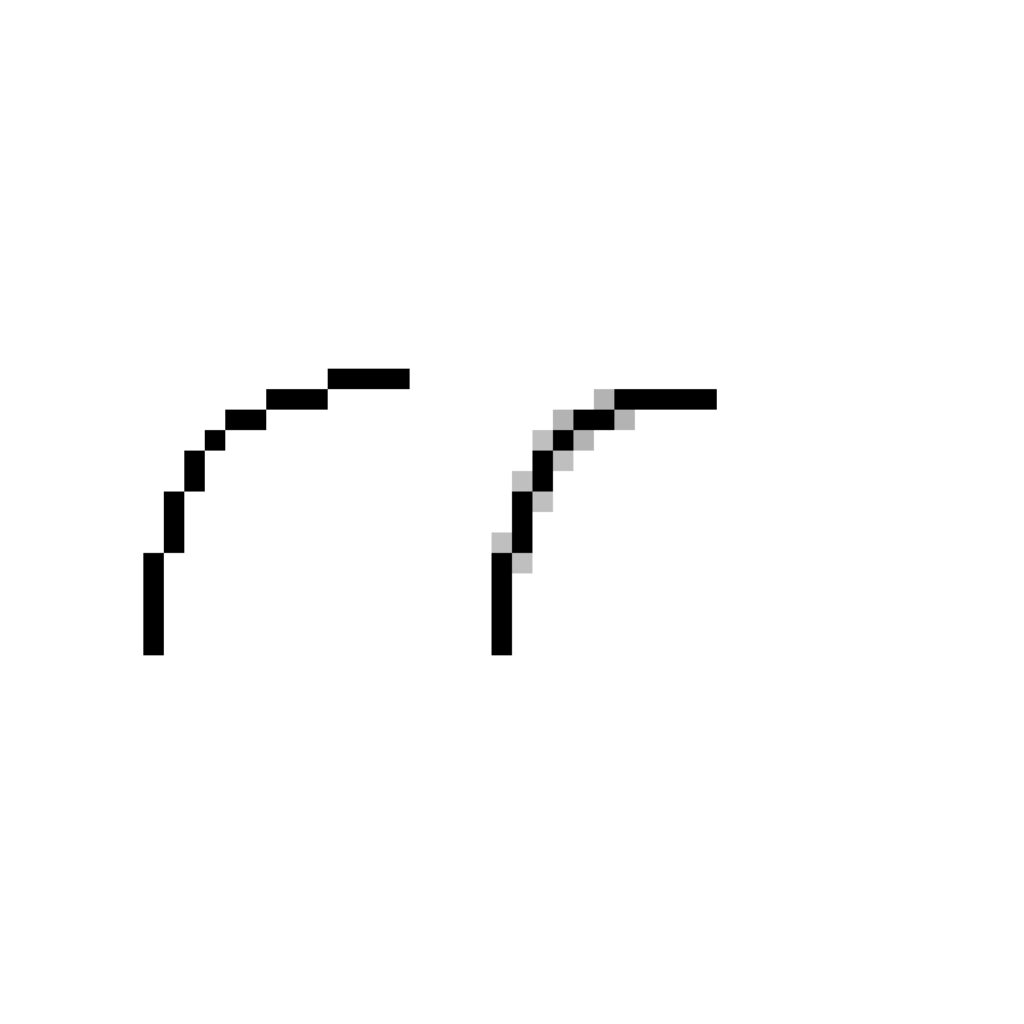
Sometimes when we include a curve or ball in a pixel art drawing (such as a baseball) we might want to create a smooth look. We can accomplish this by including pixels with the in-between colors of the background and line. You can see that in the example given above.
3. Break Up Lines to Make Them Appear Softer

As pixel artists, we have to do some things that normal artists don’t usually do. This is one of them. Sometimes to make a line feel less pronounced, we can break it up into smaller segments. You can see this in the example above.
You can use this technique to make lines between a character’s head and torso so you can distinguish the two without making them feel separated. You can also use this trick to make an edge to a building a little less eye-catching.
4. Use Dithering To Shade When You Have a Limited Pallet

If you have a limited pallet but want to make the shaded and brightened parts of your artwork more unified with the rest, you might find that dithering helps.
Dithering will allow you to create in-between stages of your shading and brightening without having to use another in-between color.
5. Decide What The Smallest Detail of Your Pixel Art Is
While this isn’t necessarily a technique in drawing pixel art, it can help you decide your canvas or sprite size. Pixel artists can determine the size of their pixel art by deciding what the smallest detail they want to have in their pixel art.
For example, if you want to make a character and you want their eyes to be 2×2 pixels, you can actually make their eyes first and then make the rest with that as a guide.
Conclusion
While pixel art tends to be easier than normal art, it also can be a bit more difficult to make pixel art. But, if you know the techniques, you can use them as tools in your toolbox to make beautiful pixel art with just some practice!
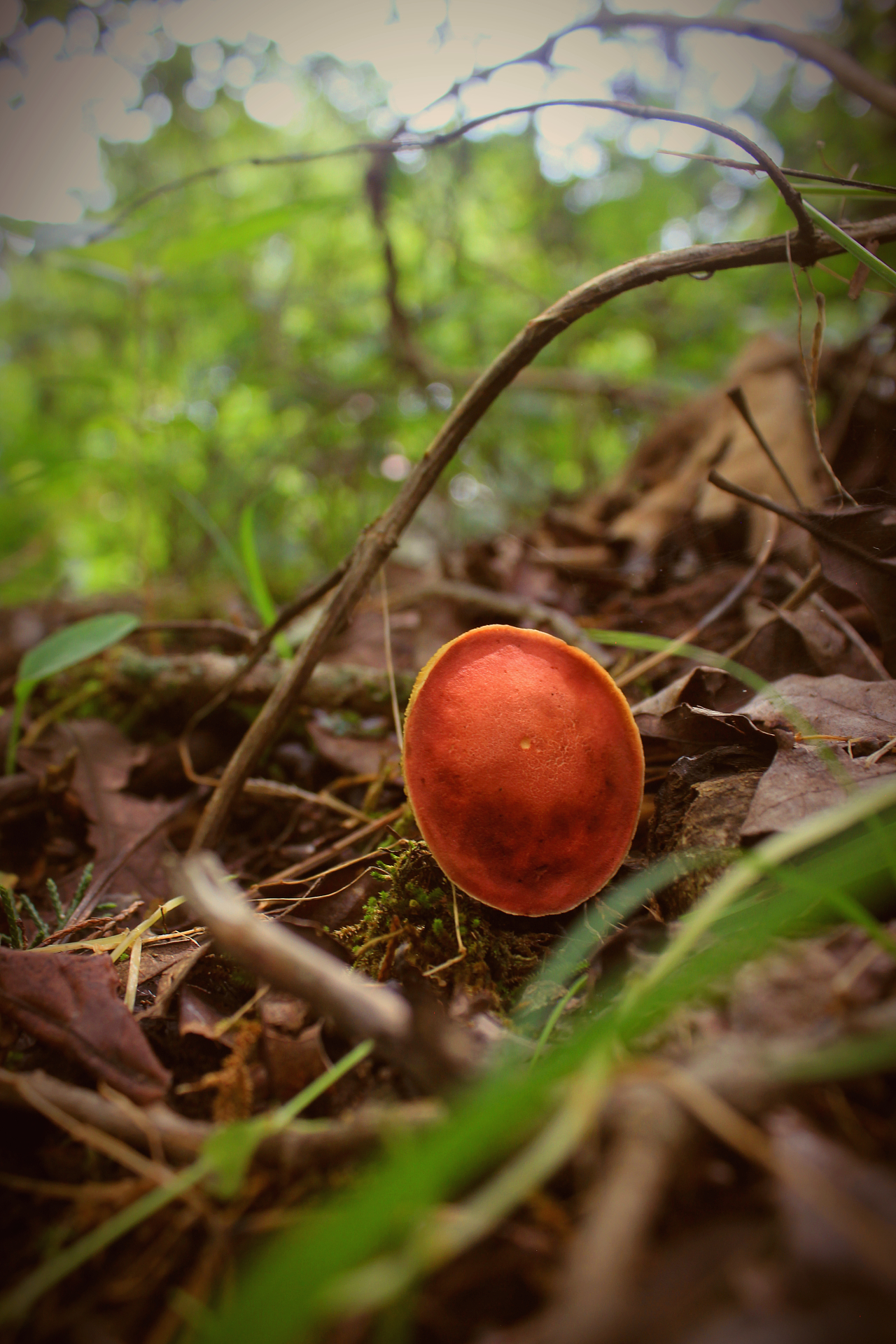




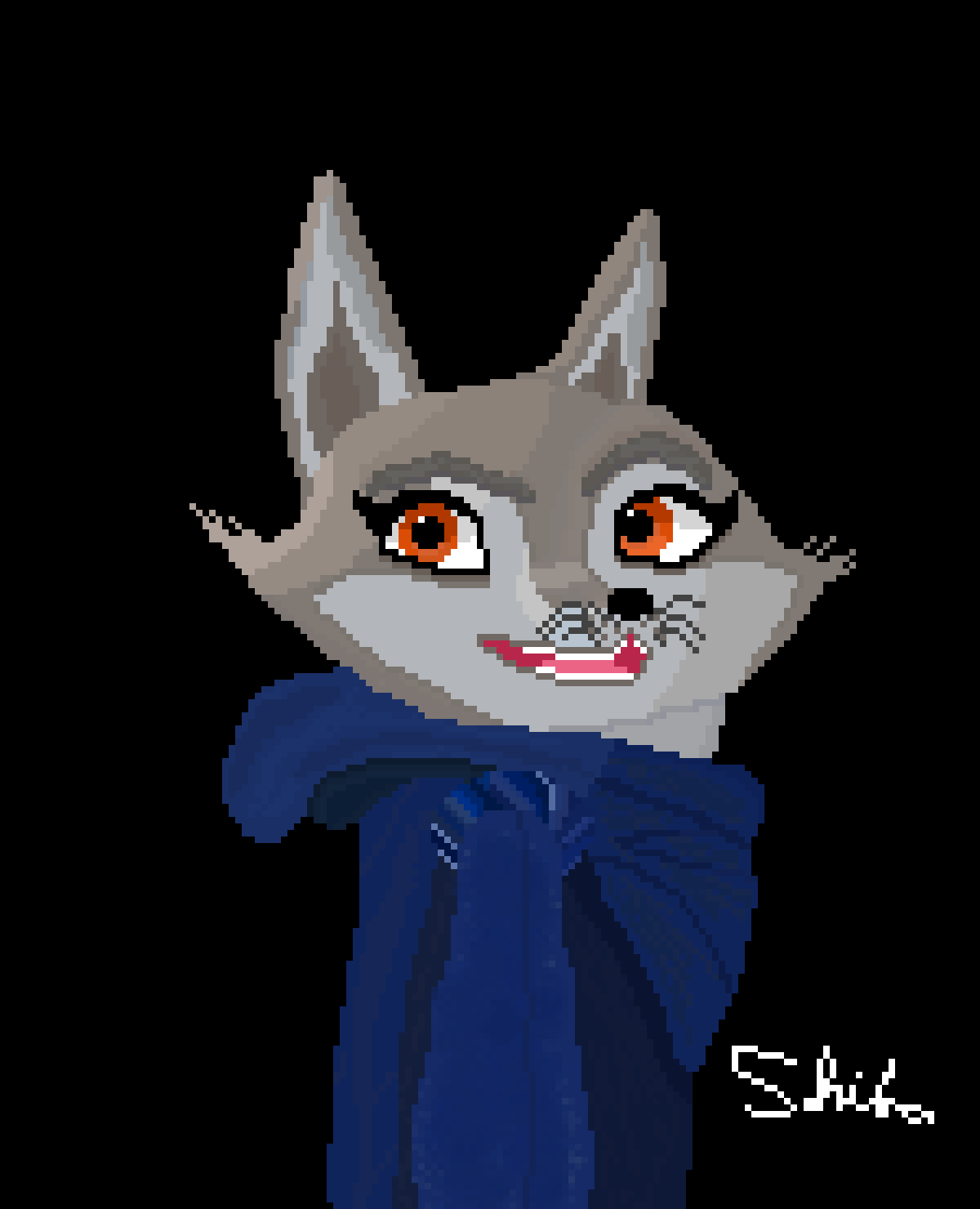

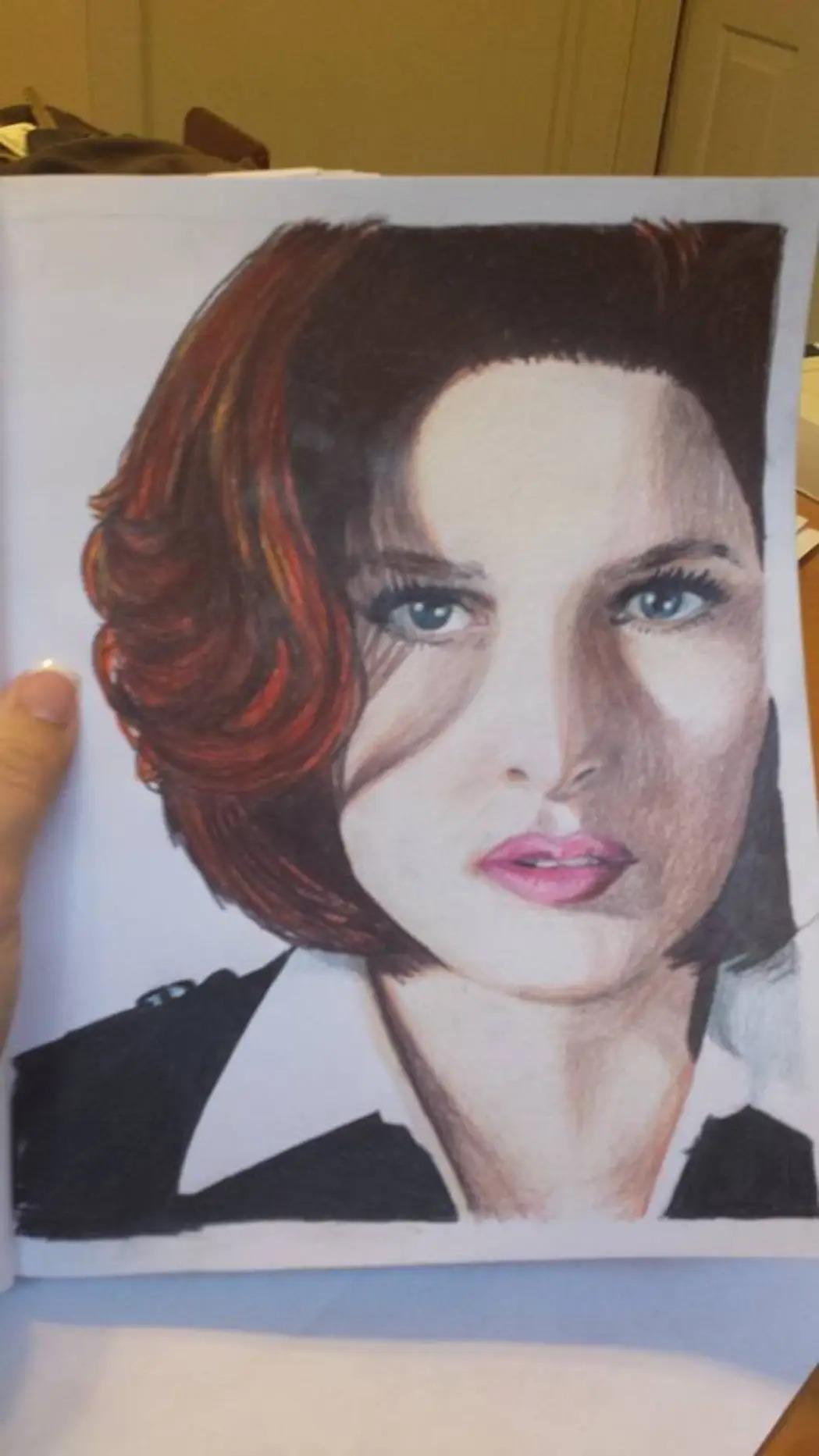
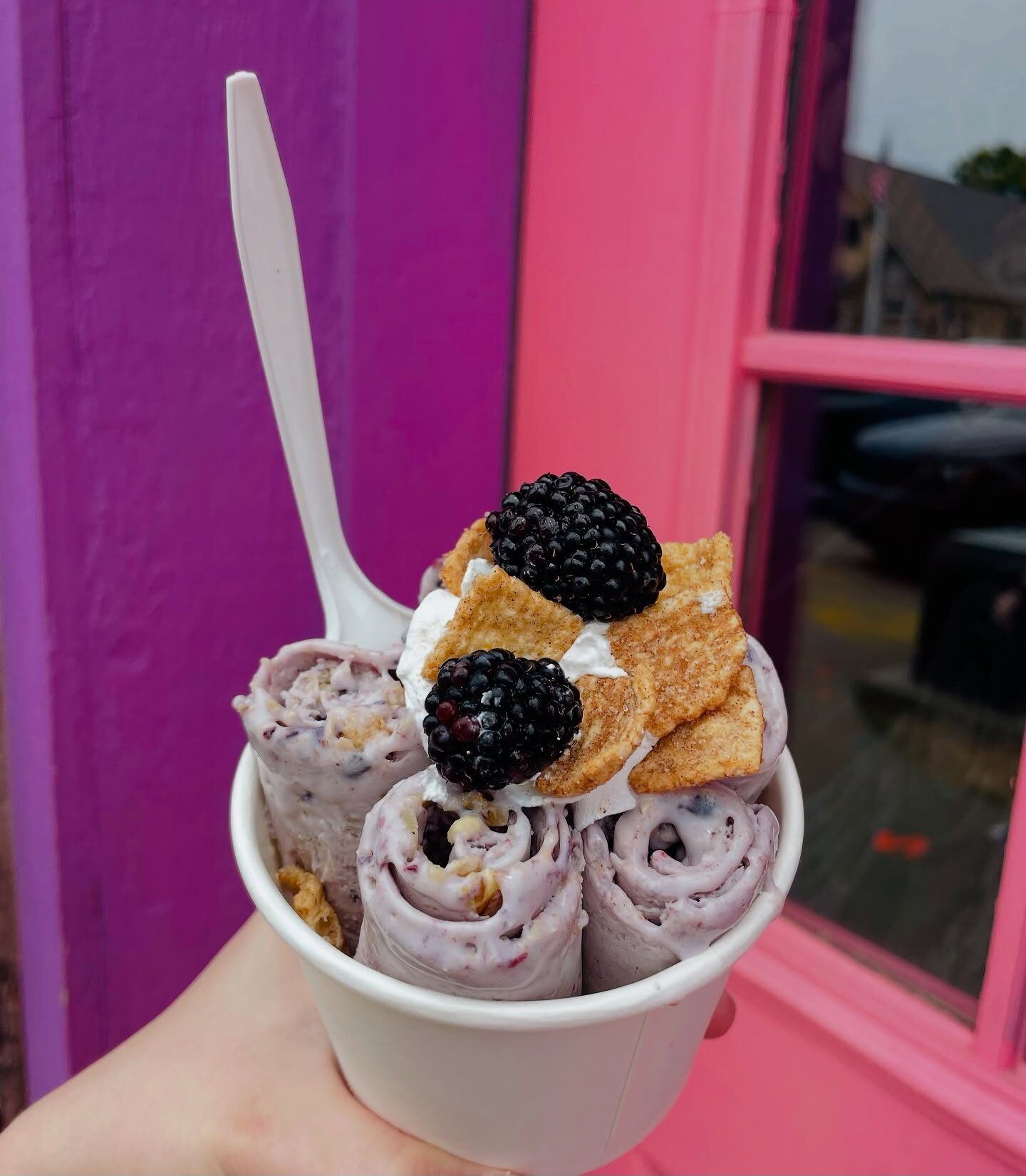

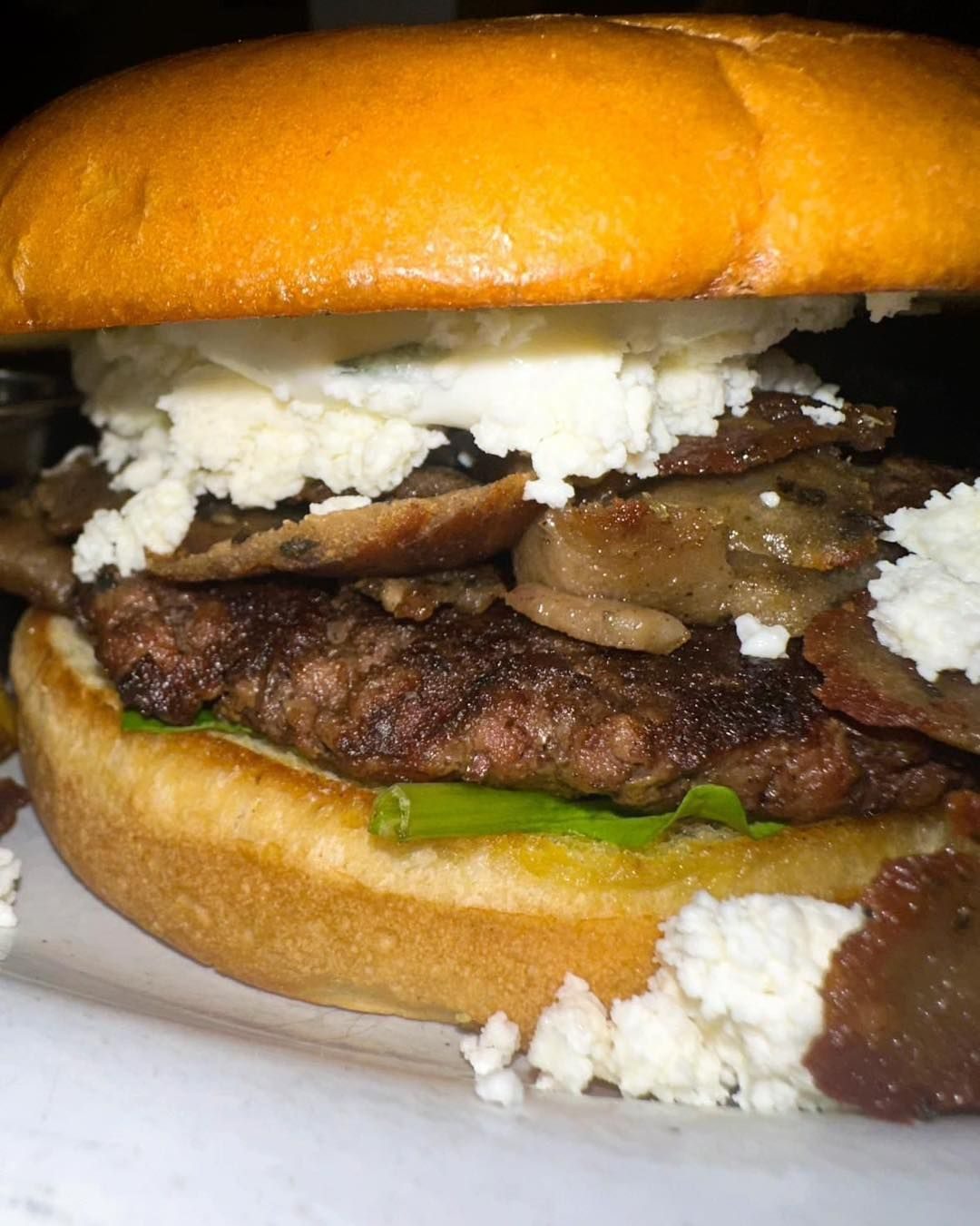


Add Your Voice